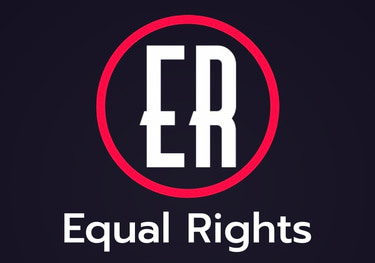Environmental Justice:
Impact on Marginalized Communities
Kylo B
4/19/2024
Environmental Justice: Impact on Marginalized Communities
Environmental justice is a critical issue that intersects with social, racial, and economic inequalities, disproportionately affecting marginalized communities worldwide.
The concept of environmental justice seeks to address the unequal distribution of environmental burdens and benefits, ensuring fair treatment and meaningful involvement of all people regardless of race, ethnicity, income, or geography.
In this article, we delve into the impact of environmental injustice on marginalized communities and explore strategies for achieving environmental equity and justice.
Understanding Environmental Injustice
Environmental injustice refers to the unequal exposure to environmental hazards, pollution, and risks faced by marginalized and vulnerable communities. Key aspects of environmental injustice include:
Disproportionate Exposure: Marginalized communities, including low-income neighborhoods and communities of color, often bear a higher burden of environmental pollution and hazards.
Lack of Access to Resources: Limited access to clean air, water, and green spaces exacerbates health disparities and quality of life issues in marginalized communities.
Cumulative Impacts: Marginalized communities often experience cumulative impacts from multiple sources of pollution, leading to adverse health outcomes and environmental degradation.
Impacts on Marginalized Communities
Environmental injustice has far-reaching impacts on the health, well-being, & socio-economic conditions of marginalized populations:
Health Disparities: Increased exposure to air pollution, contaminated water, and toxic substances contributes to higher rates of respiratory illnesses, cardiovascular diseases, and other health problems.
Economic Disadvantages: Environmental degradation can lead to decreased property values, loss of livelihoods (e.g., fishing and farming), and limited economic opportunities in affected communities.
Educational & Social Challenges: Children in polluted areas may face learning disabilities and developmental delays, while residents may experience social isolation and stress due to environmental hazards.
Displacement & Gentrification: Environmental hazards often drive gentrification and displacement, pushing vulnerable communities out of their neighborhoods without adequate compensation or alternative housing.
Root Causes of Environmental Injustice
Several factors contribute to environmental injustice:
Historical Discrimination: Legacy of discriminatory practices, redlining, and zoning policies that concentrate environmental hazards in marginalized neighborhoods.
Lack of Political Power: Marginalized communities often lack political representation and influence to advocate for equitable environmental policies and protections.
Economic Inequality: Poverty and economic disparities result in limited resources and options for affected communities to mitigate environmental risks.
Strategies for Achieving Environmental Justice
Community Empowerment: Empowering marginalized communities through education, capacity-building, and grassroots organizing to advocate for their environmental rights.
Policy Reforms: Implementing and enforcing environmental policies that prioritize equity, public health, and community input in decision-making processes.
Pollution Prevention: Investing in pollution prevention measures, clean energy alternatives, and sustainable development practices to reduce environmental burdens.
Environmental Health Monitoring: Establishing comprehensive monitoring systems to track environmental impacts and public health outcomes in marginalized areas.
Legal Protections: Strengthening legal protections and regulations to hold polluters accountable and ensure compensation for affected communities.
Role of Intersectionality & Solidarity
Understanding the intersectionality of environmental justice with other social justice issues, such as racial justice, economic justice, and Indigenous rights, is crucial for building solidarity and advancing equitable solutions.
Achieving environmental justice requires addressing the systemic inequalities that contribute to environmental injustice and prioritizing the well-being of marginalized communities.
By centering equity, community participation, and collective action, we can work towards a future where all individuals, regardless of their background or location, have access to clean and healthy environments.
Environmental justice is not only a matter of environmental protection but also a fundamental human rights issue that demands urgent action to create sustainable and equitable communities for present and future generations.
